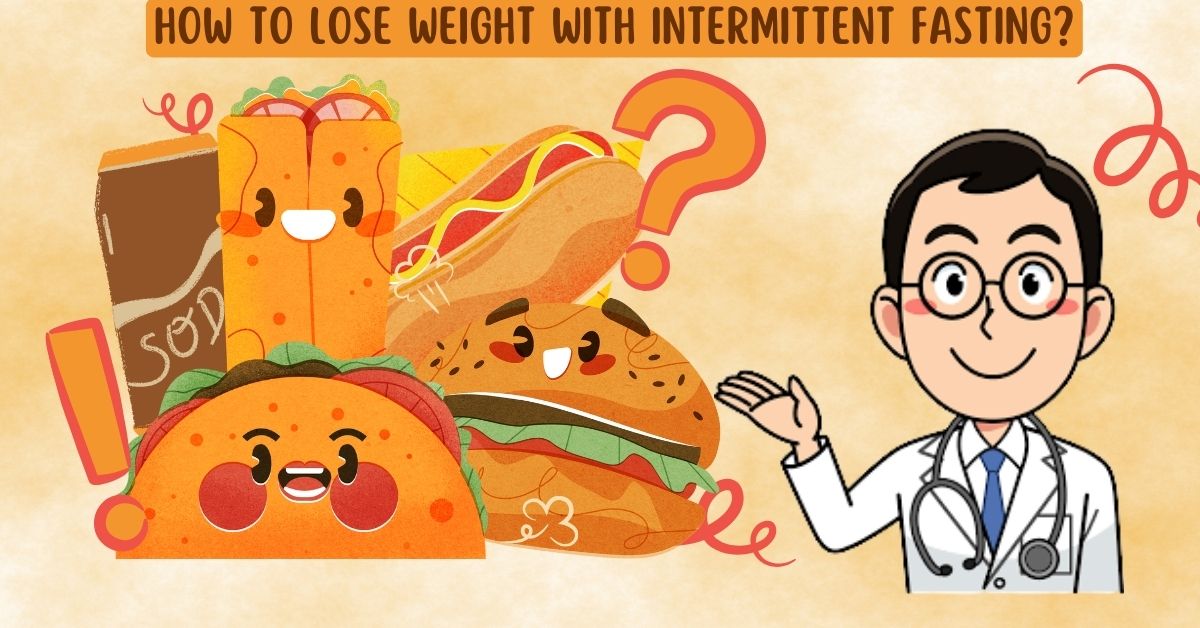Exploring the Fascinating World of Plant Anatomy: Understanding the Parts of a Plant
Published: 22 Sep 2023
Embarking on a journey into the lush realm of botany, our exploration today delves deep into the captivating intricacies of ‘Parts of Plant.’
Whether you’re an aspiring horticulturist, a curious nature enthusiast, or simply someone seeking a better understanding of the green world around us, this guide is your key to unraveling the secrets held by every leaf, stem, and root.
As we embark on this educational adventure, we’ll unearth the vital importance of comprehending plant anatomy, learn how it is relevant to our lives, and cover a comprehensive overview of the fascinating subjects that lie ahead.
Plant Definition and Meaning
A plant is a living thing that usually stays in one place and makes its own food from sunlight, air, and water. Plants have green leaves and stems, and they come in all shapes and sizes.
Some examples of plants are trees, flowers, grass, and bushes. They are essential for life on Earth because they provide us with the oxygen we breathe and food to eat.
Plants are like nature’s factories, turning sunlight into energy and helping to keep our planet green and healthy.
So, guys let’s move forward towards the importance of plants.
Why is Plants Important?
Plants are important for many reasons:
- They provide us with the air we breathe, making oxygen during a process called photosynthesis.
- Plants give us food, like fruits, vegetables, and grains, which are essential for our diets.
- They offer shelter and homes for many animals, insects, and birds.
- Plants help keep the soil in place, preventing erosion and protecting our land.
- They are used to make clothing, paper, and even some medicines.
- Plants add beauty to our surroundings with their vibrant colors and lovely fragrances.
In short, plants play a vital role in keeping our planet healthy and supporting all life on Earth.
Parts of Plants
Plants, just like us, have different parts that serve various functions to keep them alive and thriving. From the roots hidden beneath the soil to the leaves that bask in the sun, each part has a unique role in the plant’s life.
Let’s explore six parts in detail:
- Roots
- Stem
- Leaves
- Flowers
- Fruits
- Seeds
Without wasting time, let’s start covering each part of plant in detail.
1. Roots
Roots are the underground parts of a plant that usually grow beneath the soil. They serve as the plant’s anchor and play a critical role in absorbing water and nutrients.
Importance
Roots are vital for a plant’s survival because they:
- Anchor the plant in the soil, keeping it stable.
- Absorb water and minerals from the soil, essential for growth.
- Store food for the plant, allowing it to survive during harsh conditions.
Types
There are two main types of roots:
- Main Roots: These are the primary roots that grow directly from the base of the stem. They provide structural support to the plant.
- Tiny Root Hairs: These are fine, hair-like structures that grow from the main roots and greatly increase the surface area for absorbing water and nutrients from the soil.
Roots are the unsung heroes of the plant world, quietly working beneath the surface to ensure the plant’s well-being and contributing to the overall health of our ecosystem.
2. Stem
The stem is the main structural part of a plant that extends above the soil. It provides support to the plant and serves as a transportation system for water, nutrients, and food between the roots and other plant parts.
Importance
- Stems are crucial for a plant’s well-being because they:
- Support the plant, keeping it upright and enabling it to reach sunlight.
- Transport water and essential nutrients absorbed by the roots to the leaves.
- Transport food (sugars produced during photosynthesis) from the leaves to other parts of the plant for growth and energy.
Types
Stems come in various forms, including:
- Main Stem (Trunk or Stem): The primary, thick stem that supports the
plant’s overall structure.
- Branches: Smaller stems that grow from the main stem, usually bearing leaves, flowers, or fruits.
- Stems are the plant’s architectural framework, ensuring it can access the resources it needs to grow and thrive. They provide both stability and connectivity within the plant, making them indispensable to the plant’s survival.
3. Leaves
Leaves are the green, flattened structures found on the branches and stems of a plant. They are the primary sites for photosynthesis, a process in which plants convert sunlight, carbon dioxide, and water into food (sugars) and oxygen.
Importance
Leaves are essential for a plant’s survival because they:
- Capture sunlight, which is the plant’s main source of energy.
- Conduct photosynthesis, producing food that sustains the plant.
- Release oxygen into the air during photosynthesis, which benefits all living organisms.
Types
Leaves come in various shapes and sizes, including:
- Simple Leaves: These are single, undivided leaf blades.
- Compound Leaves: Leaves divided into smaller leaflets attached to a central stalk.
- Leaves are like nature’s solar panels, harnessing the sun’s energy to power the plant and, indirectly, the entire ecosystem. They not only nourish the plant but also play a crucial role in maintaining oxygen levels and supporting life on Earth
4. Flowers
Flowers are the reproductive structures of angiosperms, a group of plants that produce seeds within a protective ovary.
They are often colorful and fragrant and serve as the site for sexual reproduction in plants.
Importance
Flowers are of paramount importance to plants and ecosystems because they:
- Facilitate pollination, which is the transfer of pollen from one flower to another, enabling the formation of seeds and continuation of plant species.
- Provide nectar and pollen as food for pollinators like bees, butterflies, and hummingbirds, supporting biodiversity.
- Enhance the beauty of the natural world, attracting both humans and animals.
Types
Flowers come in an astonishing variety of shapes, sizes, and colors, each adapted to different pollinators and environmental conditions.
Some common types include:
- Perfect Flowers:
Flowers that contain both male (stamen) and female (pistil) reproductive parts.
- Imperfect Flowers:
Flowers that have either male or female reproductive parts but not both.
- Complete Flowers:
Flowers that possess sepals, petals, stamens, and a pistil.
- Incomplete Flowers:
Flowers that lack one or more of the usual floral parts.
Flowers are not just visually captivating but also play a pivotal role in the continuation of plant life and the intricate web of interactions in ecosystems. Their allure and diversity make them a fascinating subject in the world of botany.
5. Fruits
Fruits are the mature, often edible, and seed-bearing structures that develop from the ovaries of flowering plants after successful pollination and fertilization.
They come in various shapes, sizes, and flavors, and their role is to protect and disperse seeds.
Importance:
Fruits are significant in nature and for humans because they:
- Protect and house seeds, ensuring their survival until they are ready to grow.
- Provide a source of food for many animals, including humans, contributing to diets and nutrition.
- Play a crucial role in seed dispersal by enticing animals to eat the fruit and then distribute the seeds in different locations.
Types:
Fruits exhibit a wide range of diversity, including:
- Simple Fruits: Develop from a single ovary of one flower (e.g., apples, cherries).
- Aggregate Fruits: Form from multiple ovaries of one flower (e.g., strawberries, raspberries).
- Multiple Fruits: Develop from the ovaries of multiple flowers closely packed together (e.g., pineapples, figs).
Fruits are not just a delight for our taste buds; they are integral to the survival of plant species and play a key role in ecosystems by promoting seed dispersal and supporting various animal species.
6. Seeds
Seeds are small, dormant plant embryos enclosed in a protective coat. They are formed from fertilized ovules within the ovary of a flowering plant and contain the genetic information needed to grow into a new plant under the right conditions.
Importance:
Seeds are of great importance for both plants and humans because they:
- Serve as the next generation of plants, allowing them to reproduce and continue their species.
- Are a vital source of food for humans and many animals, providing essential nutrients.
- Enable plants to adapt to changing environmental conditions by allowing them to germinate when the time is right.
Types:
There is a wide variety of seed types, including:
- Monocotyledonous Seeds: Seeds with one embryonic leaf (cotyledon) when they germinate (e.g., grasses, lilies).
- Dicotyledonous Seeds: Seeds with two embryonic leaves (cotyledons) when they germinate (e.g., beans, sunflowers).
- Orthodox Seeds: Seeds that can survive drying and extreme conditions.
- Recalcitrant Seeds: Seeds that cannot tolerate drying and must be planted immediately.
Seeds are nature’s way of ensuring the survival and diversity of plant life, and they also provide nourishment and sustenance to many species, including humans, making them indispensable in the natural world and agriculture.
Conclusion
In concluding our exploration of the fascinating world of “Parts of a Plant,” we’ve uncovered the incredible intricacies that make up these botanical wonders. From the humble roots that anchor life to the ground, to the mighty stems that act as nature’s highways, and the vibrant leaves that power the plant world through photosynthesis, we’ve delved into the very foundation of plant life. The enchanting flowers, diverse fruits, and remarkable seeds have also graced our journey, highlighting the beauty and functionality of these botanical marvels.
Remember that these parts work harmoniously, each playing a vital role in the life of plants and their profound impact on our world.
Whether you’re a budding botanist or simply appreciate the beauty of nature, understanding the parts of a plant enriches our connection with the green tapestry of life that surrounds us.
So, the next time you stroll through a garden or admire a lush forest, you’ll have a deeper appreciation for the incredible complexity of every plant’s existence.
FAQs
What is the primary purpose of leaves in a plant?
Leaves primarily function in photosynthesis, capturing sunlight to convert it into energy and food for the plant. They also release oxygen into the air as a byproduct.
How do roots help plants survive?
Roots provide stability by anchoring the plant and absorb water and nutrients from the soil, essential for a plant’s growth and nutrition.
What’s the difference between a simple leaf and a compound leaf?
A simple leaf consists of a single, undivided blade, while a compound leaf is divided into smaller leaflets attached to a central stalk.
Why are flowers so important to plants?
Flowers play a crucial role in plant reproduction by attracting pollinators, facilitating fertilization, and producing seeds, ensuring the continuation of the plant species.
How can I differentiate between monocotyledonous and dicotyledonous seeds?
Monocotyledonous seeds have one embryonic leaf (cotyledon) when they germinate, while dicotyledonous seeds have two embryonic leaves (cotyledons). This difference is noticeable during germination.

- Be Respectful
- Stay Relevant
- Stay Positive
- True Feedback
- Encourage Discussion
- Avoid Spamming
- No Fake News
- Don't Copy-Paste
- No Personal Attacks

- Be Respectful
- Stay Relevant
- Stay Positive
- True Feedback
- Encourage Discussion
- Avoid Spamming
- No Fake News
- Don't Copy-Paste
- No Personal Attacks





